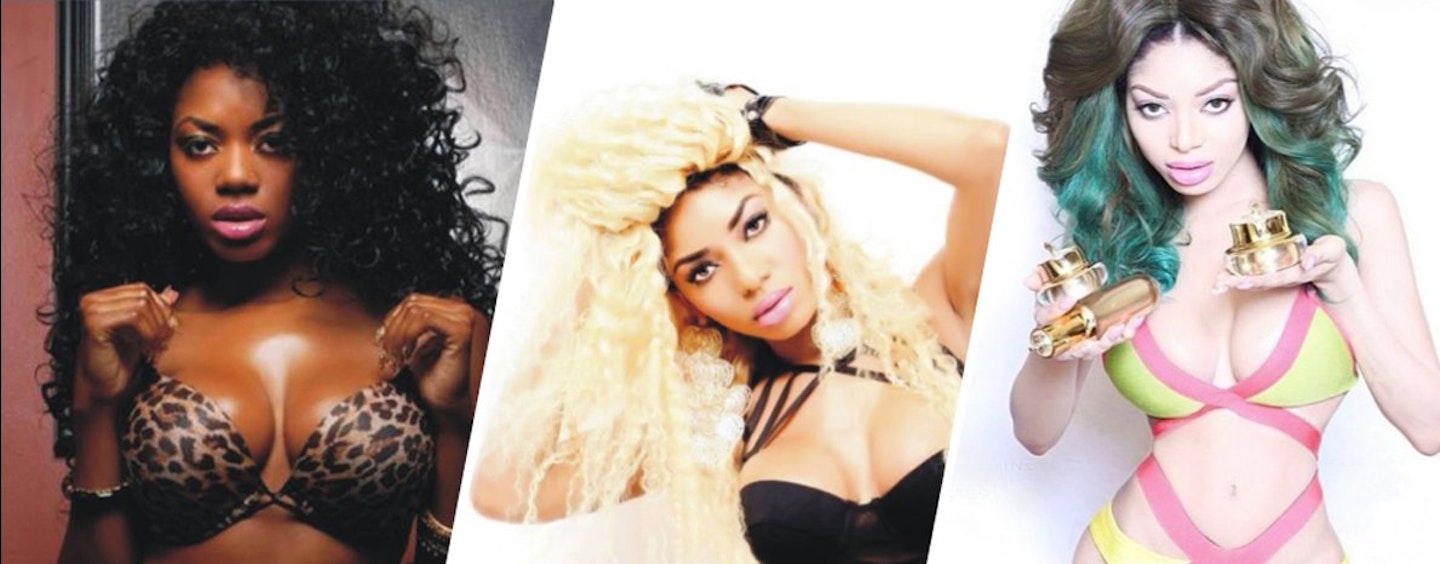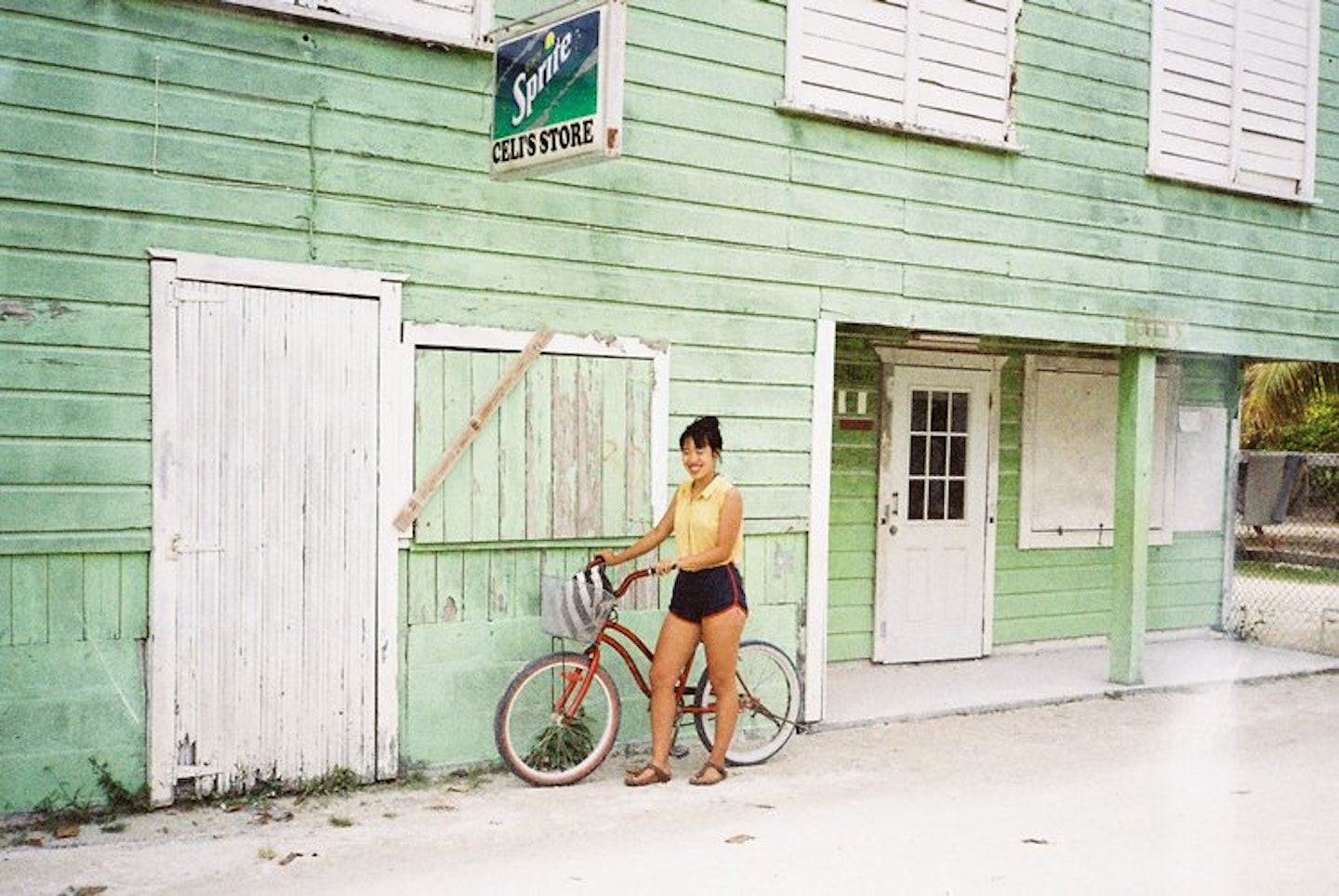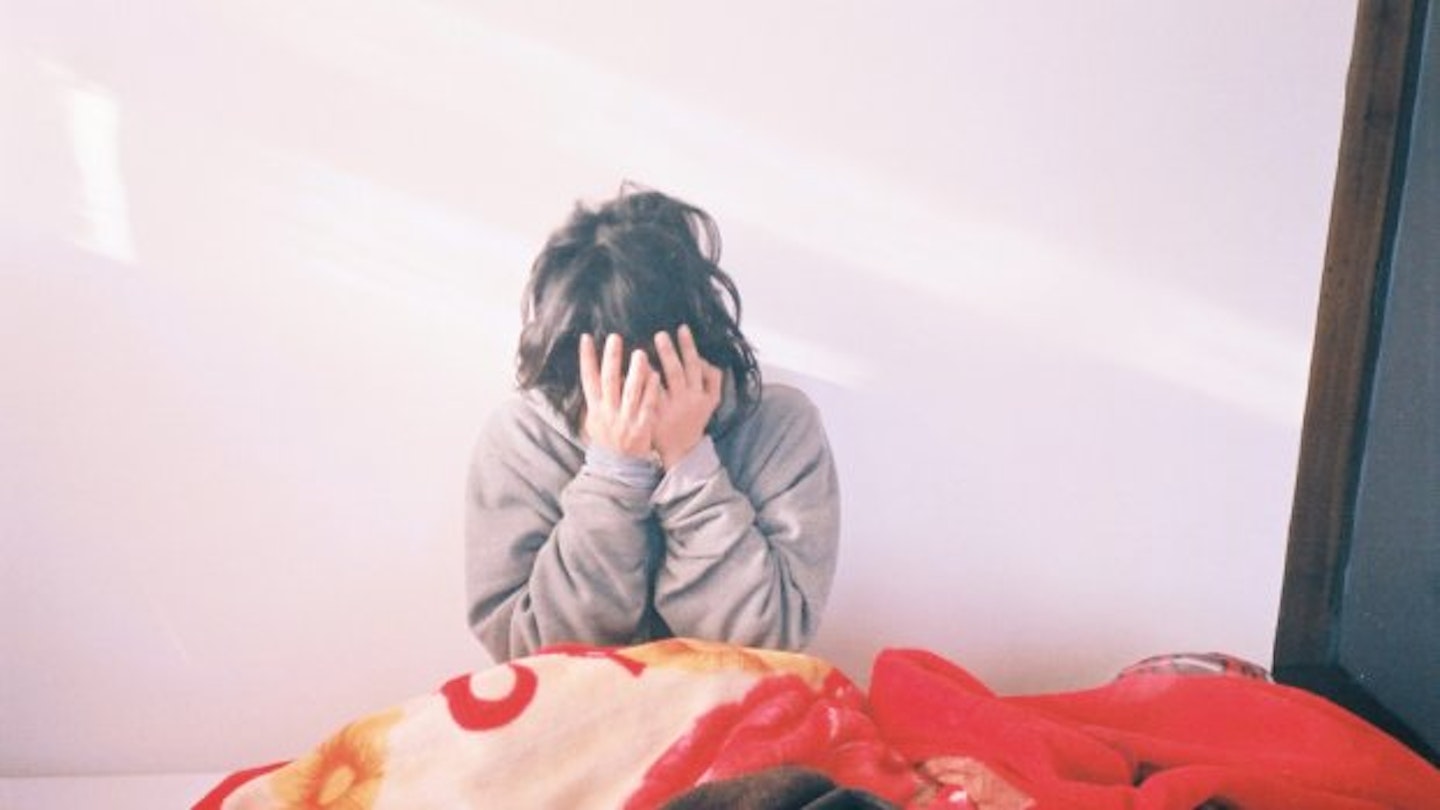When I was 11 I spent a blissful summer in Singapore playing tennis and swimming. But on my first morning back at school I ran into my form teacher. Her eyes widened. ‘Look at you,’ she practically screamed. ‘You’re so brown you’re almost black.’
That afternoon I told my mum I never wanted to play tennis again. I didn’t want to go swimming, either. My would-last-for-years obsession with skin lightening had begun.
Lightening is a global phenomenon – you’ll find products that promise to brighten, lighten and bleach all over the world and have for years. But it’s back in the news thanks to recent reports that the Nigerian-Cameroonian pop star Denica’s new range of whitening products sold out in just two days.

It’s a similar story elsewhere. India’s whitening cream market is now worth $432 million. According to market research firm Datamonitor, 56 new products are introduced in the Asia-Pacific beauty market every year. That’s not even accounting for demand in South America, Africa, or the Middle East.
At twelve, all I knew was that my teacher had confirmed a long-running suspicion that light skin was not only desirable, but normal. After all, none of the models or actresses in my favourite magazines or TV shows were tanned; even the Asian ones were fair-skinned.
Over the next two years, I schooled myself on BHAs, retinoids and glycolic acid. I cowered in the shade during PE. I blew my entire allowance on skincare. As I turned 14, I found what the Holy Grail: a 10% AHA exfoliant that ‘guaranteed’ fairer skin. I applied it three times a day.
My friends had no idea of the lengths I was going to – if anything, I was complimented all the time on the fairness of my skin. My mum just assumed my obsessive skin regime was just part of me being a teenage girl and getting interested in my looks. I hid the blotches, sunburn etc with foundation , which probably didn't do my skin any favours either.
With a mild tug, a thin, nose-shaped layer of epidermis came right off my face. I almost threw up
The creams didn't burn at first, at most it was a brief tingle - it was only after I began using the AHA exfoliant that my face began to burn. Again, I ignored all these warning signs like an idiot. I watched myself in the bathroom mirror during my regime religiously, to make sure I applied everything evenly. (One side effect was this meant I was incredibly pale from the neck up, but normal everywhere else. For some reason that really didn't matter to me - I was obsessed mainly with my face.)
Spoiler alert: this was all a terrible idea. I came out in blotchy spots, but persevered. No pain, no gain, right? My once sun-resistant skin became super-sensitive, burning after only an hour outside. Then, a few weeks later, the final straw: my nose peeled off. At least, that’s what it felt like. With a mild tug, a thin, nose-shaped layer of epidermis came right off my face. I almost threw up.
By this point, I looked like one of those weird translucent fish that live at the bottom of the ocean and never see sunlight. Every other product I used was some form of whitener. I hadn’t just overdone it – I’d bleached my skin straight off. That evening, I binned every lightener I owned.
Looking back I now know I was relatively lucky; some creams are downright dangerous. Last year, Japanese cosmetics giant Kanebo recalled its entire lightening range after almost 10,000 customers developed leukoderma, a condition in which pigment is leached out of skin.
Dr Sanjay Rajpara, a consultant dermatologist from Aberdeen who has treated cases of overzealous lightening, is unsurprised that women continue to use these products despite now knowing the risk. ‘Somehow, it’s in the psyche of many people that only fair skin is normal,’ he told me. ‘But the [lightening] effects only last as long as the product is used and are usually temporary.’
Plus he warns they can do lasting damage. ‘Some creams also contain hydroquinone, a bleaching agent banned from cosmetic use – it can actually make pigmentation worse.’ Lighteners can lead to thickening of skin, uneven colour loss, and intense irritation. No wonder a British Skin Foundation survey found that 16% of dermatologists believe lightening creams are ‘completely unsafe.’
Knowing this there is no easy answer as to why light skin is so widely desired: it’s a toxic combination of history, class prejudice and racism. In India, dark skin is associated with low caste and social status. Centuries ago, Japanese women used lead-based whiteners to achieve mochi-hada (skin like a white rice cake). Hollywood, with its dismal lack of ethnic diversity, must play some part in creating the fair-skinned ideal. Still, it’s impossible to disentangle the pressures that drive women to, in some cases, apply bleach directly to their face. But I can safely say I’ll never be one of them again.

**Follow Zing Tsjeng on Twitter @misszing **
This article originally appeared on The Debrief.
